Kathy Sullivan
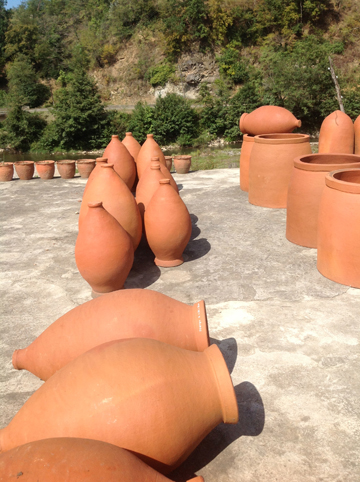
|
Some travelers to the country of Georgia will consider themselves fortunate if they meet a qvevri maker. Today UNESCO has decreed that the ancient Georgian traditional qvevri and qvevri wine-making method are an intangible heritage. Few qvevri makers remain in this relatively small country that offers a unique and fascinating culture. Coming across a qvevri maker ususally takes some extra time when planning your itinerary. Contact one of the many Georgian tourism companies for help. According to the UNESCO website, "The knowledge and skills associated with making both wine and the Qvevri jars are widely practised and transmitted informally from generation to generation; ingrained in the everyday life of Georgians, they maintain social and religious significance." |
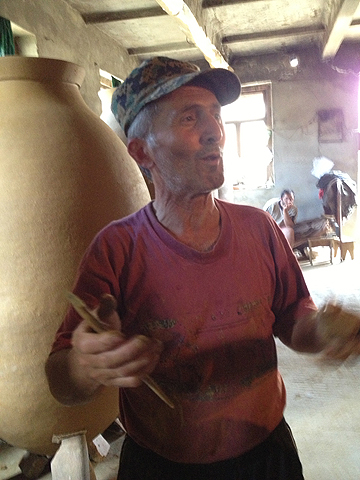
|
Near the village of Makatuban, we met Zaliko Bodjadze. He has crafted qvevris for many years. With a smile and twinkle in his eyes, Zaliko makes the steps of making a qvevri look deceptively easy. However, the hard manual labor and knowledge are evident especially in the large qvevris that can hold up to 3,000 tons or more. When he is ready, Zaliko will pass the reins of qvevri making to his son. |
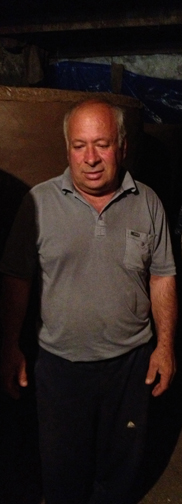
|
Remi Kbiliashvili, is a qvevri maker in Vardisubani a village in the Kakheti region of Georgia. Like Zaliko, Remi has also crafted qvevris for many years. At some point down the road, Remi's son will become the lead qvevri maker continuing the family tradition. Zaliko and Remi are dedicated to their work in making qvevris. This dedication can be seen in their enthusiasm while explaining the details of qvevri making and having patience for those who do not speak Georgian. |
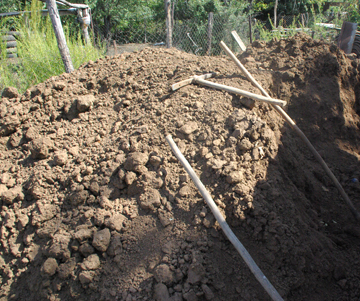
|
Qvervi Making: Part 1 Acquiring the proper clay for the qvevri is important. Zaliko's favorite area for the natural clay is high in the mountains somewhat near his home. After preparing the earth, the qvevri maker can begin to form the qvevri. |
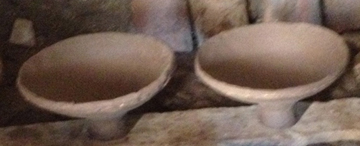
|
Qvevri Making: Part 2 The qvevri maker begins forming the base of the qvevri on a potter's wheel. |
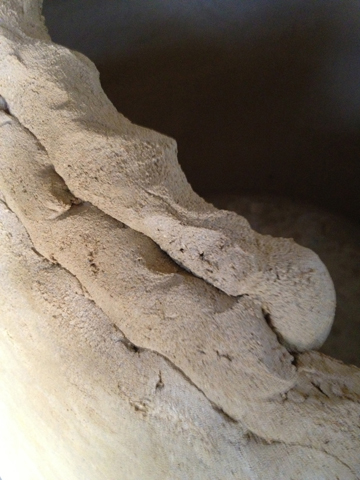
|
Qvevri Making: Part 3 Every day, two or three thick coils are added to th esides of the qvevri until it reaches the desired height. |
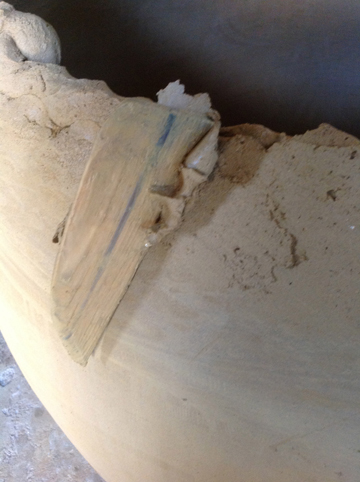
|
Qveri Making: Part 4 After adding the coils, a flat, thin piece of wood is used to fashion the coils into a smooth surface. |
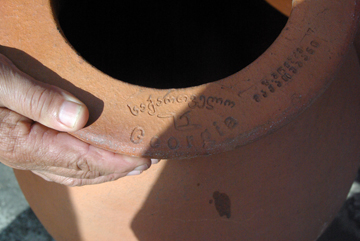
|
Qveri Making: Part 5 On the top edge of the qvevri, the qvevri maker adds his identification. Even 300 years later people will be able to identify who created the qvevri. |
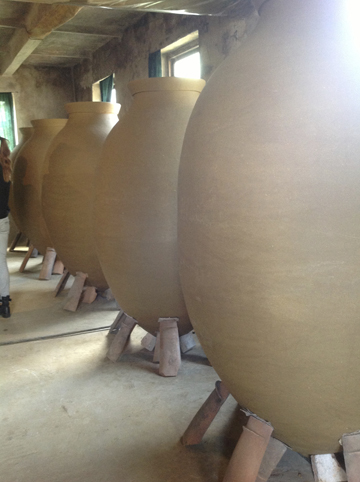
|
Qvevri Making: Part 6 After gradually decreasing the diameter of the qvevri near the top, upper lip of the qvevri is formed. The qvevri must then be air dried before firing in a makeshift kiln. |
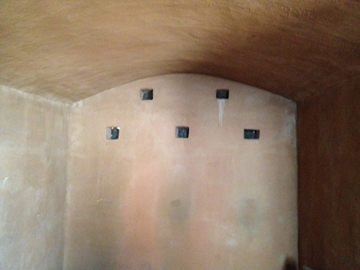
|
Qvevri Making: Part 7 Firing the qvevri takes time and hard work. Qveri makers have large hand built kilns. Traditionally, after the qvevri is gently moved into the kiln, the front of the kiln is built up of bricks and a wood fire is built and kept going until the qvevri is deemed hot enough and the clay becomes "crystallized." |
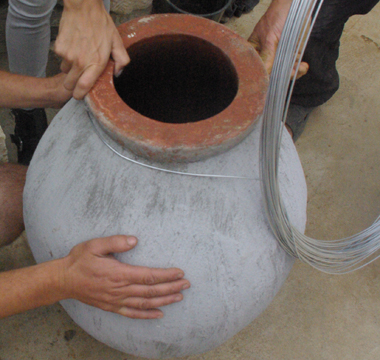
|
Qvevri Making: Part 8 Coating the inside of the qvevri with a thin layer of beeswax takes place while the qvevri is warm enough to allow the sides of the qvevri to absorb the wax. The wax seals the qvevri and also provides some bacterial resistance. Sometimes depending upon the buyer's wishes, the outside of the qvevri will have a thin layer of cement added, perphaps a light wire will be wrapped around the qvevri. The cement and wire add a degree of protection to the qvevri. |
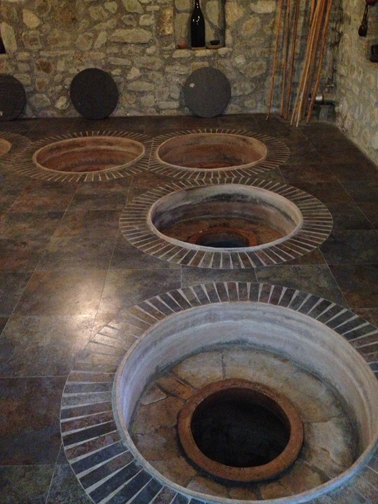 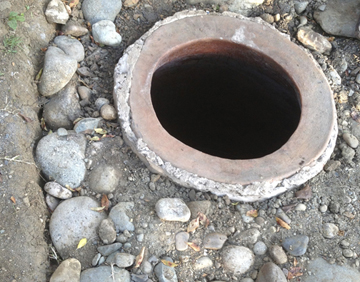
|
Once completed the qvevris are buried in the ground. Some of Georgia's winemakers bury the qvevris outside in the soil while others bury the qvevris in the soil in a dedicated building. Now let the qvevri winemaking begin! |
